
How do you choose a cable converter?
When do I need a cable converter?
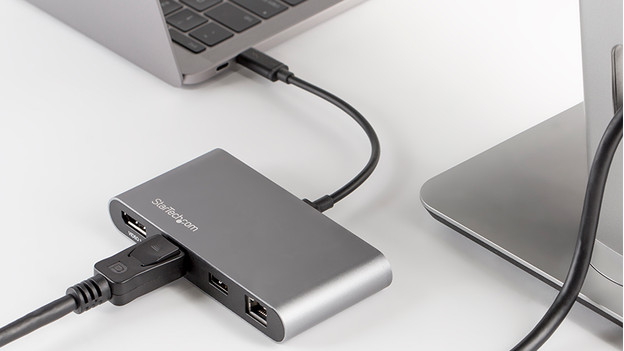
You use a cable converter if you want to connect devices with different connectors. You then use an adapter to create the right connector for a connection. For example, you could connect projectors to laptops or you could expand your PC with a second external monitor. Because cable converters are small, you can easily put them in your bag. That makes a cable converter the solution for people who are often on the road to give presentations or for meetings.
Do you need a converter for your laptop or PC?
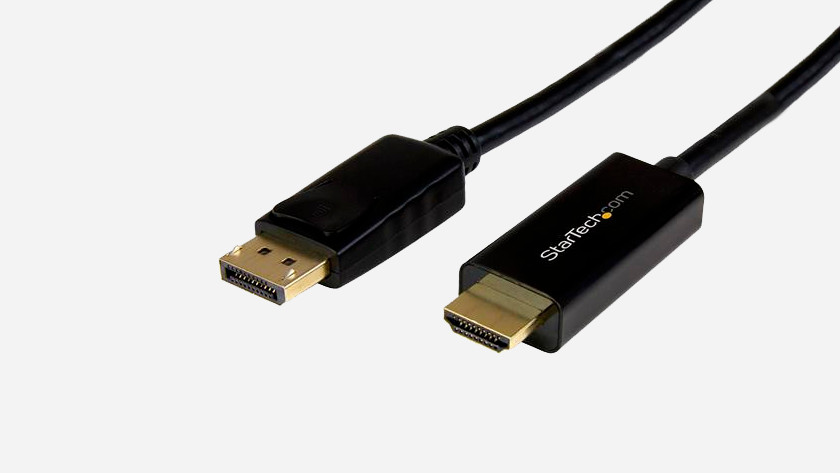
HDMI and DisplayPort converters
You use a DisplayPort converter or HDMI converter to transfer a video signal. For example, you can use an HDMI port to connect a PC to a monitor that only has a DisplayPort connector. You can also use an HDMI or DisplayPort converter to connect a projector to your laptop.

USB-C converters
If your MacBook or laptop has a USB-C connector, you can use a USB-C cable converter to connect to other devices. With USB-C converters you can also convert video and audio signal. For example, you could connect your laptop or MacBook with USB-C port to a projector that only has HDMI ports.
Do you need a converter for your smartphone?
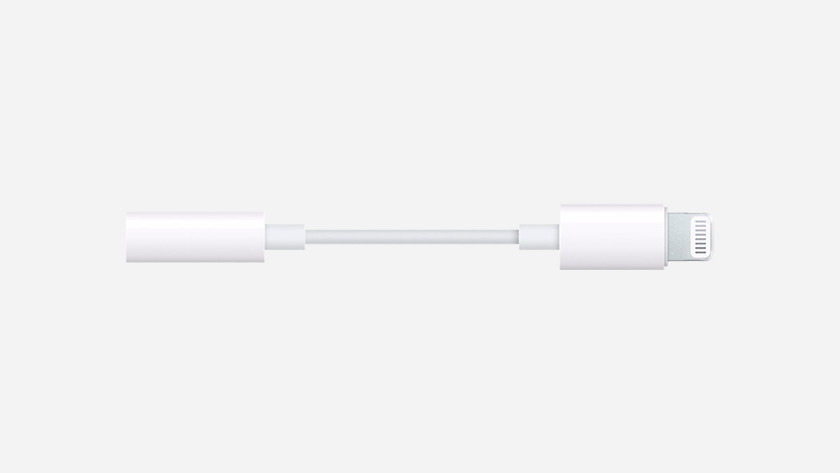
Apple Lightning converters
With an Apple Lightning converter you can change the Lightning port of your iPhone into a 3.5mm jack. For example, you could listen to music by plugging in earbuds with a 3.5mm jack. With a splitter, you'll have access to a 3.5mm jack, without having to sacrifice your Lightning port. That way, you can listen to music while charging your iPhone.
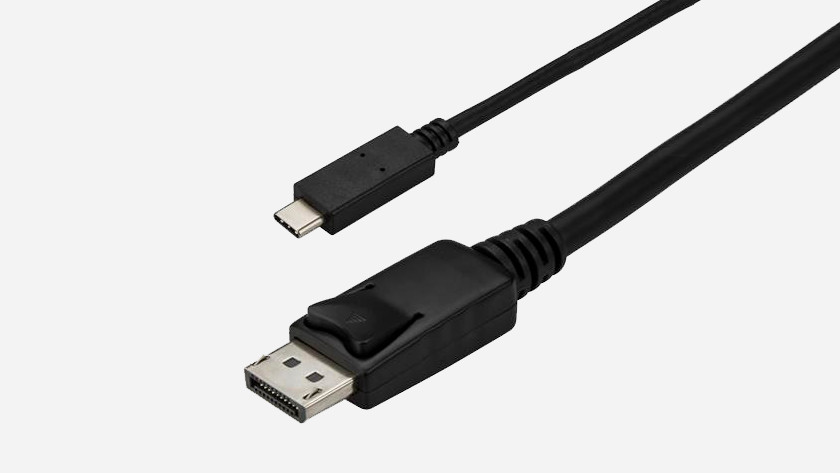
USB-C converters
With a USB-C converter, it's possible to connect your smartphone to an external monitor, so that you work on a larger screen. You plug the USB-C or micro USB side into your phone and connect the other side to an HDMI or DisplayPort cable. A USB-C to micro USB converter is the solution if you want to charge your USB-C smartphone with a micro USB cable.
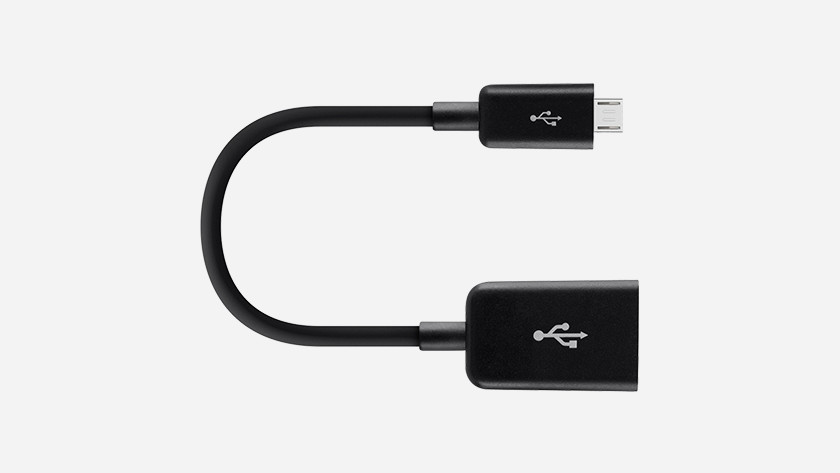
OTG converters
With an OTG converter you change the USB-C or micro USB connector of your smartphone to a USB-A connector. You use that to plug in a mouse or keyboard, so you can type or navigate comfortably. With OTG converters you can also connect printers to your phone or plug in a USB flash drive for more storage capacity. You can also lift gaming on your phone to a new level by connecting a controller to your smartphone.


